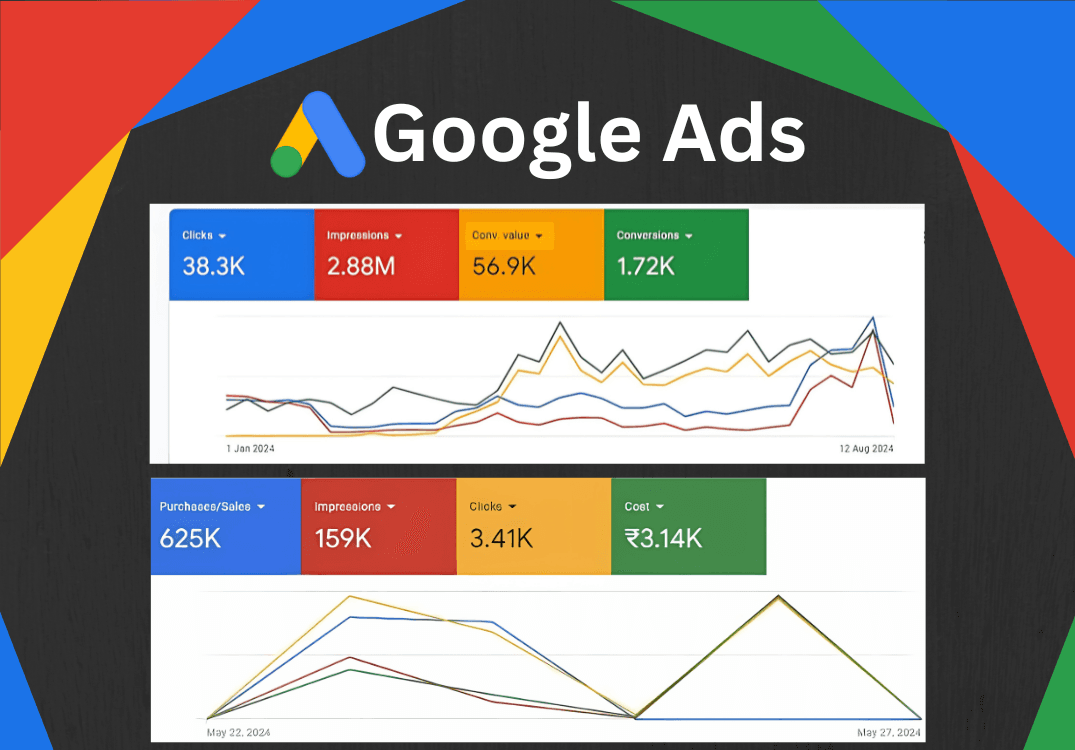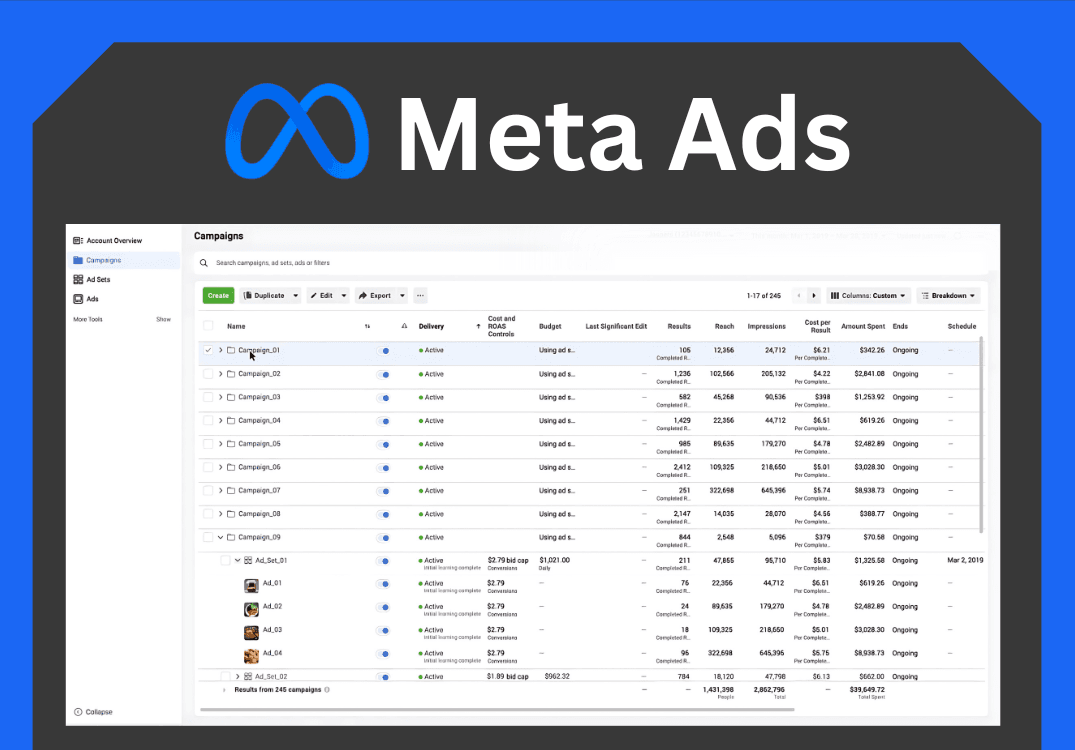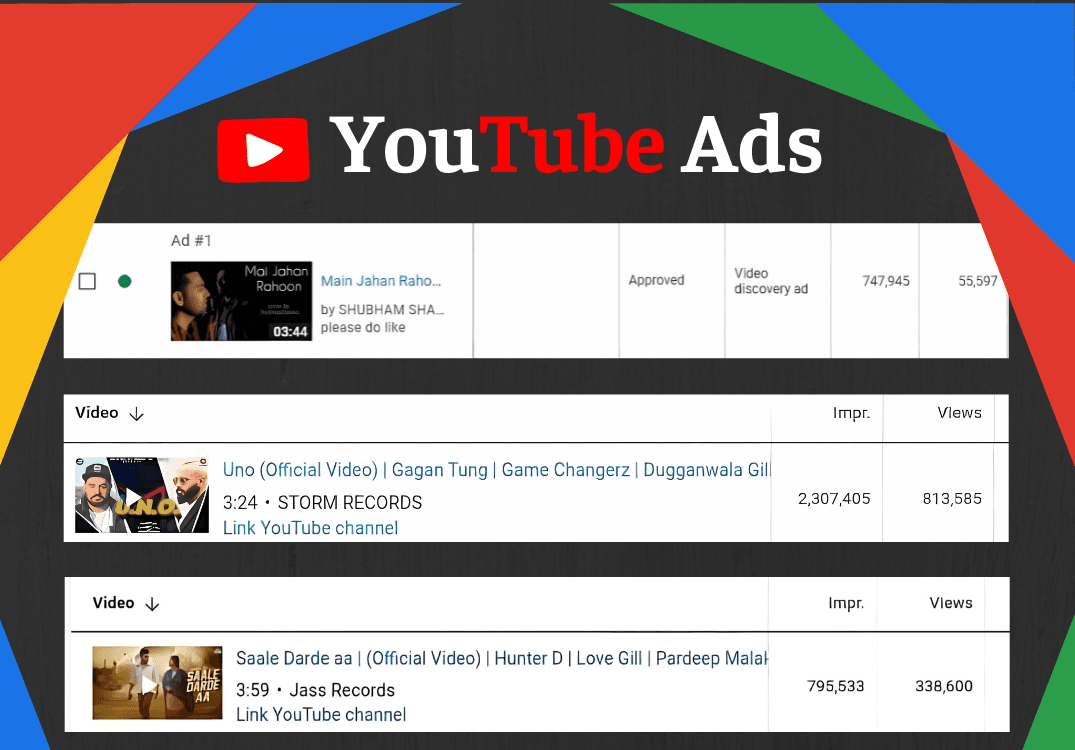Paid Advertising
Paid advertising helps brands enhance their visibility and reach a broader audience. By allowing strategic targeting based on demographics, interests, and behaviors, brands can ensure their messages are seen by the right audience.
Its helpful in generating immediate results with measurable insights, allowing brands to track performance in real-time and optimize their strategies accordingly. This data-driven approach improves return on investment (ROI).
- + Target Audience Analysis
- + Ad Copy Optimization
- + A/B Testing
- + Budget Management
- + Performance Tracking
- + Cross-Platform Campaigns
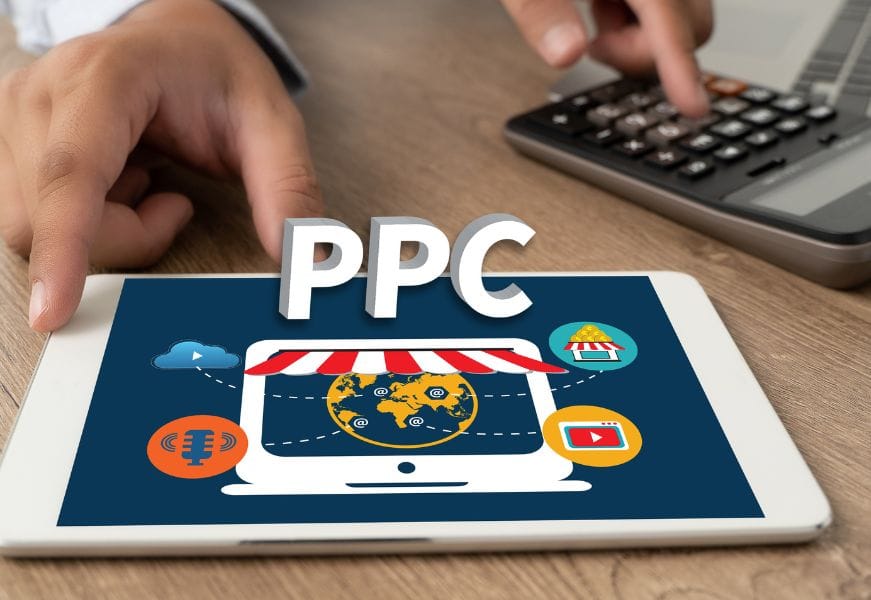
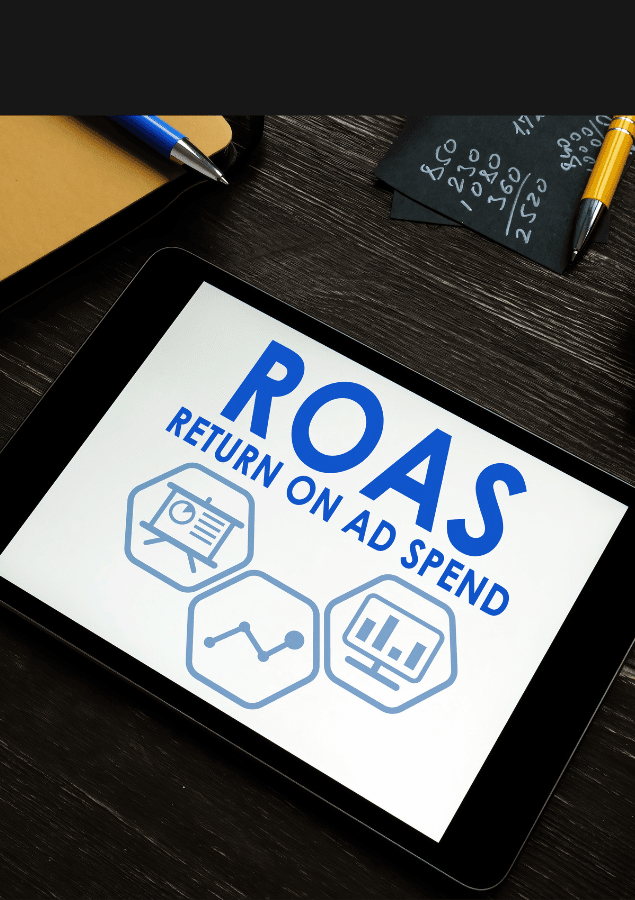

Frequently Asked Questions
Organic advertising relies on unpaid tactics like SEO and content marketing to attract audiences, while paid advertising involves sponsoring ads on platforms like Google, social media, and display networks to reach targeted audiences.
Your advertising budget should be based on factors like your business goals, target audience, industry, and competition. As a general guideline, small businesses typically allocate 5-20% of their gross revenue to advertising, while larger companies may spend 10-20% of their marketing budget on paid ads.
The best advertising platforms depend on your target audience, industry, and campaign goals. Popular options include Google Ads for search and display ads, Facebook and Instagram for social media ads, LinkedIn for professional audiences, and YouTube for video ads. Conducting audience research and testing different platforms can help identify the most effective channels.
Effective ad copy should be concise, compelling, and tailored to your target audience. Use a clear call-to-action, highlight your unique value proposition, and convey a sense of urgency. Visuals should be eye-catching, relevant to your message, and optimized for the platform. Testing different variations can help determine what resonates best with your audience.
Key performance indicators (KPIs) for paid advertising include click-through rate (CTR), conversion rate, cost-per-click (CPC), cost-per-acquisition (CPA), and return on ad spend (ROAS). Tracking these metrics can help you evaluate the effectiveness of your campaigns, identify areas for improvement, and optimize your strategies for better results.
